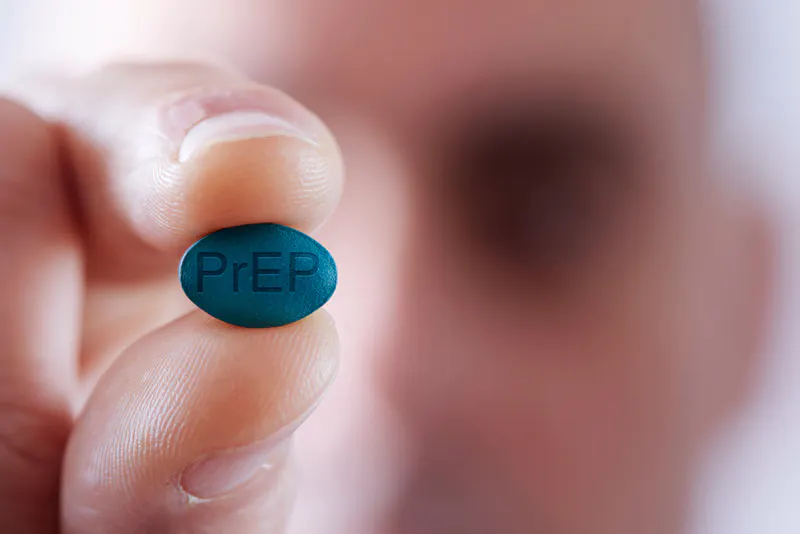Revealing the Truth About HIV: Clearing Misconceptions Through Education
Despite living in an age of medical advancement, persistent myths continue to cloud public understanding of HIV. Confusion remains widespread regarding transmission methods, the difference between HIV and AIDS, and which populations are most vulnerable. While science has made tremendous progress in HIV treatment, public knowledge hasn’t kept pace. Given the critical importance of sexual health awareness, proactive education is essential. This article aims to clarify what HIV is while exploring the preventive and therapeutic benefits of PrEP.
HIV Fundamentals: Breaking Down the Basics
Essential Knowledge: How HIV Affects Immunity and Modern Treatment Options
The human immunodeficiency virus (HIV) attacks specific immune cells, weakening the body’s defenses against infections. Without treatment, HIV causes progressive immune system damage, dramatically increasing risks for serious infections and certain cancers.
Today’s highly effective treatments can control viral levels, though not eliminate HIV completely. When maintained at “undetectable” levels, the virus becomes untransmittable – a groundbreaking discovery that has transformed HIV management and offered new hope to those living with HIV.
PrEP Explained: A Powerful HIV Prevention Tool
Extra Protection: Understanding PrEP’s Role in HIV Prevention
While safe sex practices remain crucial for preventing all STIs, those at higher HIV risk have an additional safeguard: pre-exposure prophylaxis (PrEP). This preventive medication helps HIV-negative individuals significantly reduce transmission risk when taken as prescribed.
PrEP serves dual purposes – preventing new infections while also helping HIV-positive individuals achieve undetectable status when combined with other antiretroviral treatments.
How PrEP Works: The Science Behind Prevention
MedsBird’s PrEP combines two NRTI medications (emtricitabine and tenofovir) that create a protective barrier against HIV. These drugs block the virus from attaching to or harming cells by inhibiting reverse transcriptase, a key enzyme HIV needs to replicate.

When to Start PrEP: Timing Your Protection
Maximizing PrEP: Usage Guidelines and Best Practices
PrEP benefits those at high HIV risk and can complement treatment for existing infections. Always review the medication guide and follow your doctor’s specific dosing instructions for optimal effectiveness.
Typically taken once daily with water, PrEP may require an empty stomach or light meal depending on other medications. Maintain consistent dosing times – setting reminders helps ensure you never miss a dose.
HIV Transmission: Facts vs. Fiction
Separating Truth from Myth: How HIV Spreads
HIV transmits through direct contact with infected bodily fluids: primarily blood, semen, breast milk, and vaginal fluids. Needle sharing among drug users represents another major transmission route.
Despite persistent myths, casual contact like hugging, handshakes, or sharing toilets cannot transmit HIV. These misconceptions demonstrate the dangers of misinformation when people lack accurate health education.
HIV vs. AIDS: Understanding the Difference
Clarifying the Relationship: From HIV Infection to AIDS
While often conflated, HIV and AIDS are distinct. AIDS represents the advanced stage of untreated HIV infection, occurring when severe immune damage leads to specific opportunistic infections. You can’t “catch” AIDS directly – it develops from uncontrolled HIV over time.
High-Risk Groups: Who’s Most Vulnerable to HIV?
Global Risk Assessment: Populations Needing Extra Protection
While HIV can affect anyone, certain groups face disproportionate risk:
Men who have sex with men (MSM) experience two-thirds of new HIV infections globally despite comprising about 7.1% of men worldwide. Unprotected anal sex drives this disproportionate impact.
Other high-risk groups include injection drug users who share needles, sex workers without consistent protection, and adults over 50 who may have gaps in sexual health knowledge from limited education in their youth.
Sources:
https://www.cdc.gov/hiv/basics/prep.html
https://www.hiv.gov/hiv-basics/overview/about-hiv-and-aids/what-are-hiv-and-aids/







